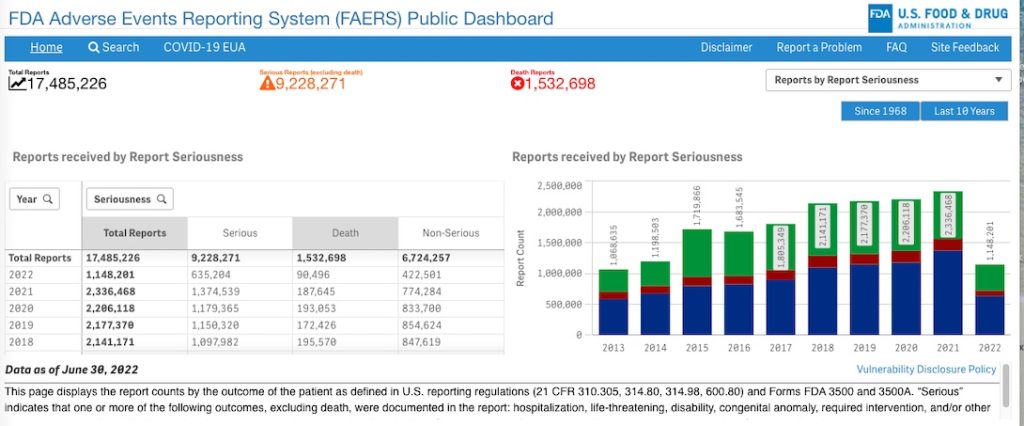Traditional Chinese Herbal Medicine (TCHM)
Mild Adverse Event (AE) Database Reporting Tool
Traditional Chinese Herbal Medicine (TCHM)
Mild Adverse Event (AE) Database Reporting Tool
Serious Adverse Event (SAE) FDA Reporting Guidelines: In the United States, SERIOUS adverse events must be reported to the FDA no later than 15 business days after the responsible person receives the report. New information concerning the AE received within one year of the initial report must also be submitted to the agency. The MedWatch form, Form 3500, must be used to report an SAE to the FDA.
“The submission of a SAER is not construed as an admission that the dietary supplement product involved caused or even contributed to the adverse event. Submission of a report does not constitute an admission that medical personnel, user facility, importer, distributor, manufacturer or product caused or contributed to the event.”
The responsible party for submitting an adverse event report for a TCHM to the FDA is the manufacturer, packer, or distributor whose name appears on the label of a dietary supplement marketed in the United States. TCHM practitioners compounding and dispensing TCHM from their office are the responsible party for reporting AE.
according to: Dietary Supplement and Non-prescription Drug Consumer Protection Act PUBLIC LAW 109–462—DEC. 22, 2006
SERIOUS ADVERSE EVENT
The term ‘serious adverse event’ is an adverse event that:
‘‘(A) results in—
‘‘(B) requires, based on reasonable medical judgment, a medical or surgical intervention to prevent an outcome described under subparagraph (A).
ADVERSE EVENT
.—The term ‘adverse event’ means any health-related event associated with the use of a nonprescription drug that is adverse, including—
‘‘(A) an event occurring from an overdose of the drug, whether accidental or intentional;
‘‘(B) an event occurring from abuse of the drug;
‘‘(C) an event occurring from withdrawal from the drug;
‘‘(D) any failure of the expected pharmacological action of the drug.

References:
This NON-reportable to FDA mild Adverse Events (AE) – reporting tool is intended for interprofessional data collection purposes.